Home>Furniture & Design>Outdoor Furniture>How To Water Outdoor Hanging Plants
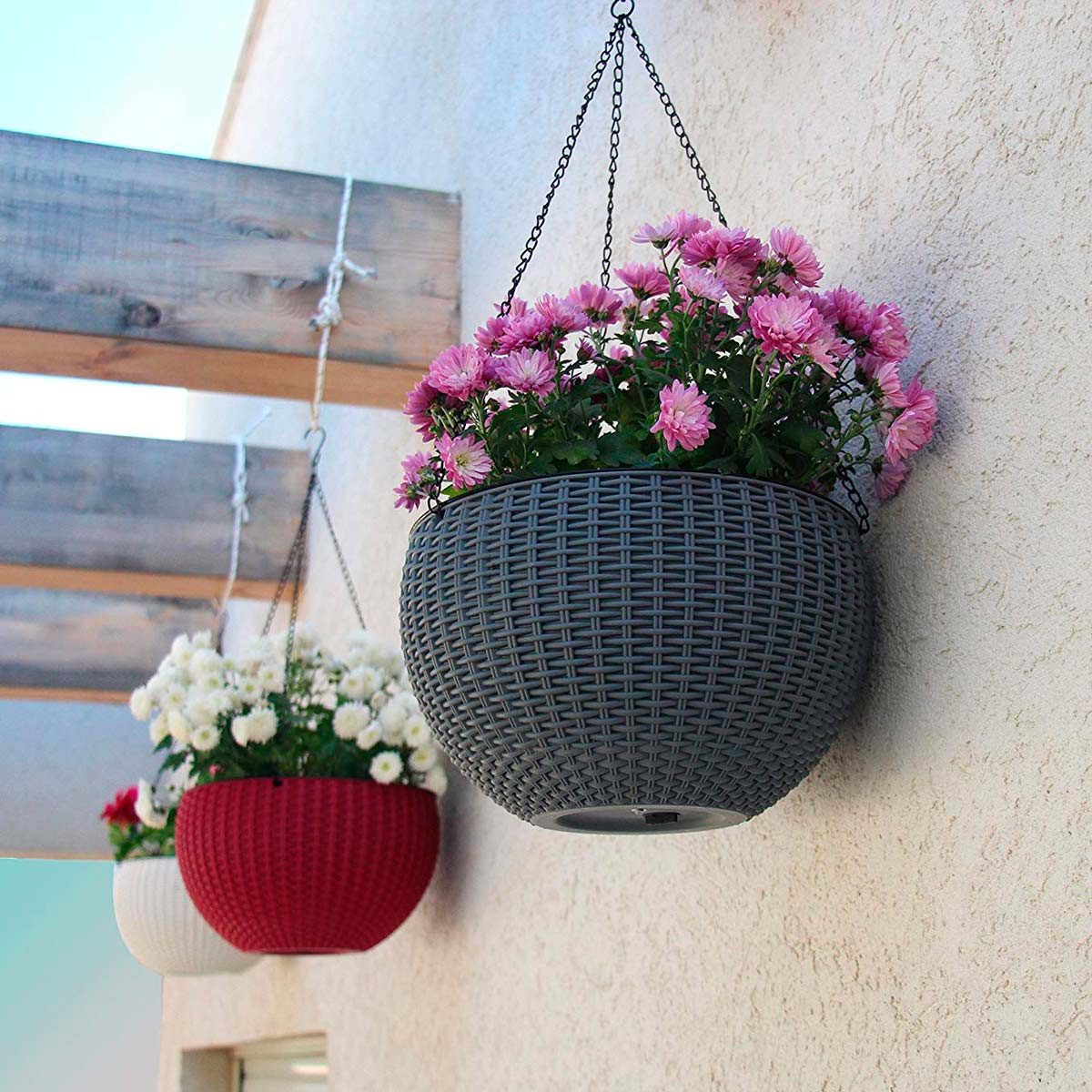

Outdoor Furniture
How To Water Outdoor Hanging Plants
Published: January 13, 2024
Learn the best practices for watering outdoor hanging plants to keep your outdoor furniture and design thriving. Discover expert tips and techniques for optimal plant care.
(Many of the links in this article redirect to a specific reviewed product. Your purchase of these products through affiliate links helps to generate commission for Storables.com, at no extra cost. Learn more)
Introduction
Outdoor hanging plants are a delightful addition to any garden or outdoor space. Their cascading foliage and vibrant blooms can instantly elevate the aesthetic appeal of a patio, balcony, or porch. However, to ensure these plants thrive and flourish, proper care and attention are essential, with watering being a crucial aspect of their maintenance.
In this comprehensive guide, we will explore the art of watering outdoor hanging plants, offering valuable insights into choosing the right plants, selecting appropriate watering tools, determining the ideal watering schedule, and mastering effective watering techniques. Additionally, we will provide expert tips for maintaining the health and vitality of your outdoor hanging plants, enabling you to cultivate a lush and picturesque outdoor oasis.
Join us on this botanical journey as we delve into the nuances of nurturing and watering outdoor hanging plants, uncovering the secrets to fostering their growth and enhancing the natural beauty of your outdoor living spaces. Whether you're a seasoned gardener or a novice plant enthusiast, this guide is designed to equip you with the knowledge and expertise needed to cultivate flourishing and enchanting outdoor hanging plants.
Key Takeaways:
- Choose outdoor hanging plants that match your outdoor space’s light, water, and space conditions for a thriving and visually appealing botanical display.
- Use the right watering tools and techniques, along with a tailored watering schedule, to ensure the health and vitality of your outdoor hanging plants.
Read more: How Often To Water Outdoor Plants?
Choosing the Right Hanging Plants
When it comes to selecting outdoor hanging plants, it’s essential to consider various factors to ensure their suitability for your specific outdoor environment. Different plants have distinct light, water, and space requirements, so it’s crucial to choose varieties that align with the conditions of your outdoor space.
Consider the following when choosing the right hanging plants:
- Light Requirements: Assess the amount of sunlight your outdoor space receives throughout the day. Some plants thrive in full sun, while others prefer partial or full shade. Choose hanging plants that are compatible with the light conditions of your outdoor area to promote healthy growth and blooming.
- Water Needs: Take into account the watering needs of different plant species. Some plants require frequent watering, while others are more drought-tolerant. Select hanging plants that align with your watering habits and the climate of your region to ensure they receive adequate moisture without being overwatered.
- Space Considerations: Evaluate the available space for hanging plants in your outdoor area. Consider the height and spread of the plants at maturity to ensure they have ample room to flourish without overcrowding other vegetation or obstructing walkways.
- Climate Compatibility: Choose hanging plants that are well-suited to the climate of your region. Consider factors such as temperature fluctuations, humidity levels, and seasonal changes to select plants that can thrive in your specific outdoor environment.
- Aesthetic Appeal: Explore a variety of hanging plants with diverse foliage textures, colors, and blooming patterns to create visually appealing displays. Consider the overall aesthetic you wish to achieve and select plants that complement the existing landscape and design elements of your outdoor space.
By carefully considering these factors, you can choose the right hanging plants that align with the unique characteristics of your outdoor area, ensuring a harmonious and thriving botanical display.
Selecting the Right Watering Tools
Equipping yourself with the appropriate watering tools is essential for effectively nourishing and sustaining outdoor hanging plants. The right tools not only streamline the watering process but also ensure that plants receive the appropriate amount of moisture without causing damage to their delicate foliage and roots.
Consider the following watering tools for your outdoor hanging plants:
- Watering Can: A well-designed watering can with a narrow spout is ideal for delivering a gentle and targeted stream of water to hanging plants. Look for a can with a fine rose attachment to disperse water evenly and prevent soil erosion. Opt for a lightweight yet durable watering can that is easy to maneuver when tending to elevated hanging plants.
- Watering Wand: A watering wand equipped with a long, slender nozzle allows you to reach hanging plants with ease, delivering water directly to the root zone while minimizing water wastage. Choose a wand with adjustable water flow settings to accommodate the varying moisture needs of different plant species.
- Self-Watering Devices: Consider utilizing self-watering devices specifically designed for hanging planters. These innovative tools feature reservoirs that supply water to the plants as needed, reducing the frequency of manual watering and ensuring consistent moisture levels, especially during hot and dry periods.
- Drip Irrigation Systems: For larger outdoor hanging plant arrangements, a drip irrigation system offers an efficient and automated watering solution. By installing a network of drip emitters and tubing, you can deliver precise amounts of water directly to the root systems of multiple hanging plants, promoting optimal hydration and minimizing water runoff.
- Spray Bottle or Misting Sprayer: Certain hanging plants, especially those with delicate foliage or epiphytic species, benefit from occasional misting to increase humidity levels and remove dust buildup. A spray bottle or misting sprayer allows you to gently mist the leaves of your hanging plants, enhancing their overall health and vitality.
By selecting the right watering tools tailored to the specific needs of your outdoor hanging plants, you can ensure efficient and precise watering while minimizing the risk of overwatering or underwatering, ultimately contributing to the overall well-being of your botanical treasures.
Determining the Right Watering Schedule
Establishing a consistent and appropriate watering schedule is vital for the well-being of outdoor hanging plants. A well-defined watering routine ensures that plants receive adequate moisture without succumbing to dehydration or waterlogged conditions. When determining the right watering schedule, several factors come into play, including plant species, environmental conditions, and container characteristics.
Key considerations for determining the right watering schedule include:
- Plant Species: Different hanging plant species have varying water requirements. Research the specific needs of each plant variety in your hanging baskets or containers to understand their optimal moisture levels and watering frequency. Some plants may thrive with more frequent watering, while others prefer drier conditions between watering sessions.
- Environmental Factors: Assess the prevailing environmental conditions in your outdoor space, such as temperature, humidity, wind exposure, and sunlight intensity. Hot and windy conditions can accelerate soil moisture evaporation, necessitating more frequent watering, while cooler and humid climates may require less frequent watering sessions.
- Container Properties: Consider the material and size of the hanging containers or baskets. Containers made of porous materials like terracotta may dry out more quickly than those made of plastic or glazed ceramics. Additionally, larger containers typically retain moisture for longer periods compared to smaller, shallower containers.
- Soil Composition: Evaluate the composition of the potting soil used for your hanging plants. Well-draining soil mixes allow excess water to escape, reducing the risk of waterlogged roots, while moisture-retentive soil blends can prolong the intervals between watering sessions.
- Plant Growth Stage: Take into account the growth stage of your hanging plants. Newly potted or recently transplanted plants may require more frequent watering to aid in root establishment, while established plants with mature root systems may have different watering needs.
By integrating these considerations, you can develop a tailored watering schedule that accounts for the unique requirements of your outdoor hanging plants, promoting optimal growth and vitality while mitigating the risks associated with under or overwatering.
Water outdoor hanging plants thoroughly, allowing the water to soak through the soil. Check the moisture level regularly and adjust watering frequency based on the plant’s needs and the weather conditions.
Watering Techniques for Outdoor Hanging Plants
Mastering effective watering techniques is essential for nurturing the health and vibrancy of outdoor hanging plants. Proper watering not only provides essential moisture to the plants but also facilitates nutrient uptake and supports overall growth and blooming. By employing the following watering techniques, you can ensure that your hanging plants receive the hydration they need to thrive in their elevated habitats.
Explore the following watering techniques tailored for outdoor hanging plants:
- Thorough Watering: When watering hanging plants, aim to thoroughly moisten the entire root ball to ensure adequate hydration. Apply water until it begins to trickle from the drainage holes, indicating that the entire root system has been sufficiently nourished. Allow excess water to drain freely to prevent waterlogging.
- Watering at the Base: Direct the flow of water to the base of the plants, avoiding excessive wetting of the foliage. Watering at the base minimizes the risk of leaf diseases and fungal issues, maintaining the overall health and cleanliness of the plants.
- Consistent Moisture: Strive to maintain consistent moisture levels in the potting soil to support healthy plant growth. Avoid allowing the soil to completely dry out between watering sessions, as this can stress the plants and impede their development. Conversely, refrain from overwatering, which can lead to root rot and other moisture-related complications.
- Observational Watering: Regularly observe the moisture levels of the potting mix by inserting your finger into the soil to gauge its dampness. Alternatively, use a soil moisture meter to accurately assess the soil’s moisture content. This hands-on approach enables you to adjust your watering frequency based on the specific needs of your hanging plants.
- Watering During Optimal Times: Schedule your watering sessions during the cooler parts of the day, such as early morning or late afternoon, to minimize water loss through evaporation. Avoid watering during the peak heat of the day, as this can result in rapid evaporation and potential damage to the plants.
By incorporating these watering techniques into your plant care routine, you can provide your outdoor hanging plants with the essential hydration they require while promoting their overall well-being and resilience in their elevated growing environment.
Tips for Maintaining Healthy Outdoor Hanging Plants
Maintaining the health and vitality of outdoor hanging plants requires a holistic approach that encompasses various aspects of plant care, including watering, fertilization, grooming, and pest management. By implementing the following expert tips, you can nurture thriving and resilient hanging plants that enrich your outdoor living spaces with their lush foliage and blossoms.
Consider the following tips for maintaining healthy outdoor hanging plants:
- Regular Inspection: Conduct routine inspections of your hanging plants to identify signs of stress, disease, or pest infestations. Promptly address any issues to prevent them from escalating and impacting the overall health of the plants.
- Deadheading and Pruning: Remove spent blooms and dead or yellowing foliage to encourage continuous flowering and promote a tidy and vigorous growth habit. Pruning leggy or overgrown stems can help maintain the plants’ shape and improve air circulation.
- Appropriate Fertilization: Feed your hanging plants with a balanced, water-soluble fertilizer according to the recommended application rates. Fertilize at regular intervals during the growing season to provide essential nutrients that support robust growth and abundant blooms.
- Optimal Drainage: Ensure that your hanging containers have adequate drainage holes to prevent water from accumulating and causing root rot. Use well-draining potting soil to promote healthy root development and minimize the risk of waterlogged conditions.
- Protection from Extreme Conditions: During periods of inclement weather, such as heavy rain, strong winds, or extreme temperatures, consider providing temporary shelter or relocating your hanging plants to protect them from potential damage or stress.
- Integrated Pest Management: Implement proactive measures to deter common pests, such as aphids, spider mites, and whiteflies, by using natural remedies or targeted insecticidal treatments. Regularly inspect your plants for pest activity and take swift action to mitigate infestations.
- Seasonal Considerations: Adjust your care practices based on seasonal changes, such as modifying your watering schedule in response to temperature fluctuations and adapting your plant maintenance routines to align with the specific needs of your hanging plants during different seasons.
By incorporating these tips into your plant care regimen, you can foster the enduring health and beauty of your outdoor hanging plants, creating captivating displays that enrich your outdoor environment with their captivating allure and botanical charm.
Conclusion
Caring for outdoor hanging plants is a gratifying endeavor that allows you to cultivate enchanting displays of greenery and blooms in elevated spaces, adding a touch of natural splendor to your outdoor surroundings. By mastering the art of watering and implementing comprehensive plant care practices, you can ensure the sustained health and beauty of your hanging plants, transforming them into captivating focal points within your outdoor oasis.
From choosing the right plants that harmonize with your outdoor environment to selecting appropriate watering tools and establishing tailored watering schedules, each aspect of plant care plays a pivotal role in nurturing the well-being of your hanging plants. By embracing effective watering techniques and integrating expert tips for maintenance, you can create an environment where your plants thrive and flourish, enhancing the visual appeal and ambiance of your outdoor living spaces.
As you embark on your journey of tending to outdoor hanging plants, remember that attentiveness, observation, and a deep appreciation for the nuances of plant care are essential elements of successful cultivation. By immersing yourself in the art of nurturing hanging plants, you can develop a profound connection with nature and experience the joy of witnessing your botanical creations thrive and evolve throughout the seasons.
Ultimately, the care and dedication you invest in your outdoor hanging plants will be rewarded with bountiful foliage, vibrant blooms, and a heightened sense of tranquility and natural beauty in your outdoor sanctuary. Embrace the art of watering as a nurturing ritual, and let it serve as a conduit for fostering the flourishing vitality of your hanging plants, enriching your outdoor living space with their enduring charm and botanical allure.
May your journey of tending to outdoor hanging plants be filled with moments of wonder, growth, and abundant natural splendor, as you cultivate a verdant tapestry that celebrates the timeless allure of nature within your outdoor realm.
Frequently Asked Questions about How To Water Outdoor Hanging Plants
Was this page helpful?
At Storables.com, we guarantee accurate and reliable information. Our content, validated by Expert Board Contributors, is crafted following stringent Editorial Policies. We're committed to providing you with well-researched, expert-backed insights for all your informational needs.
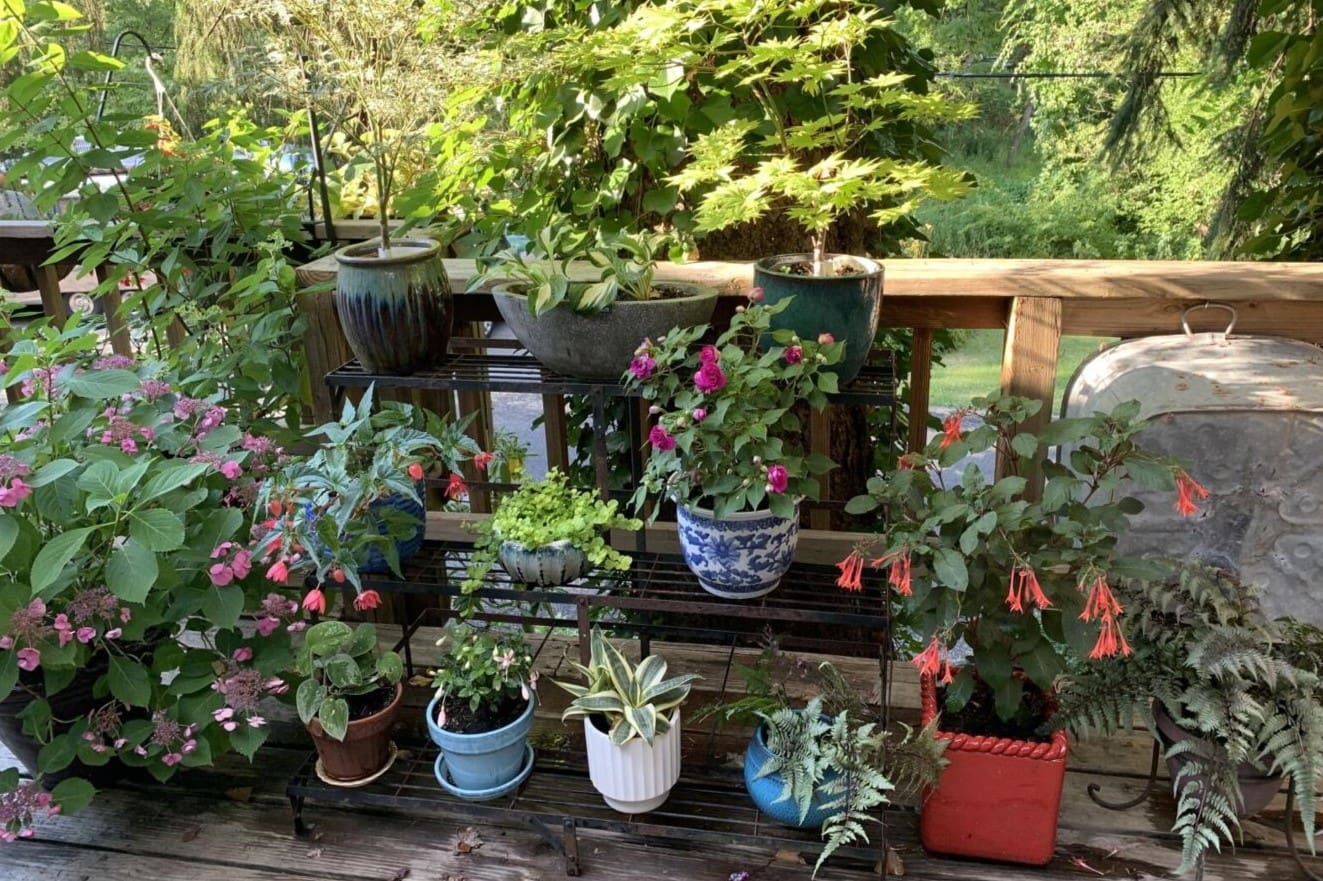
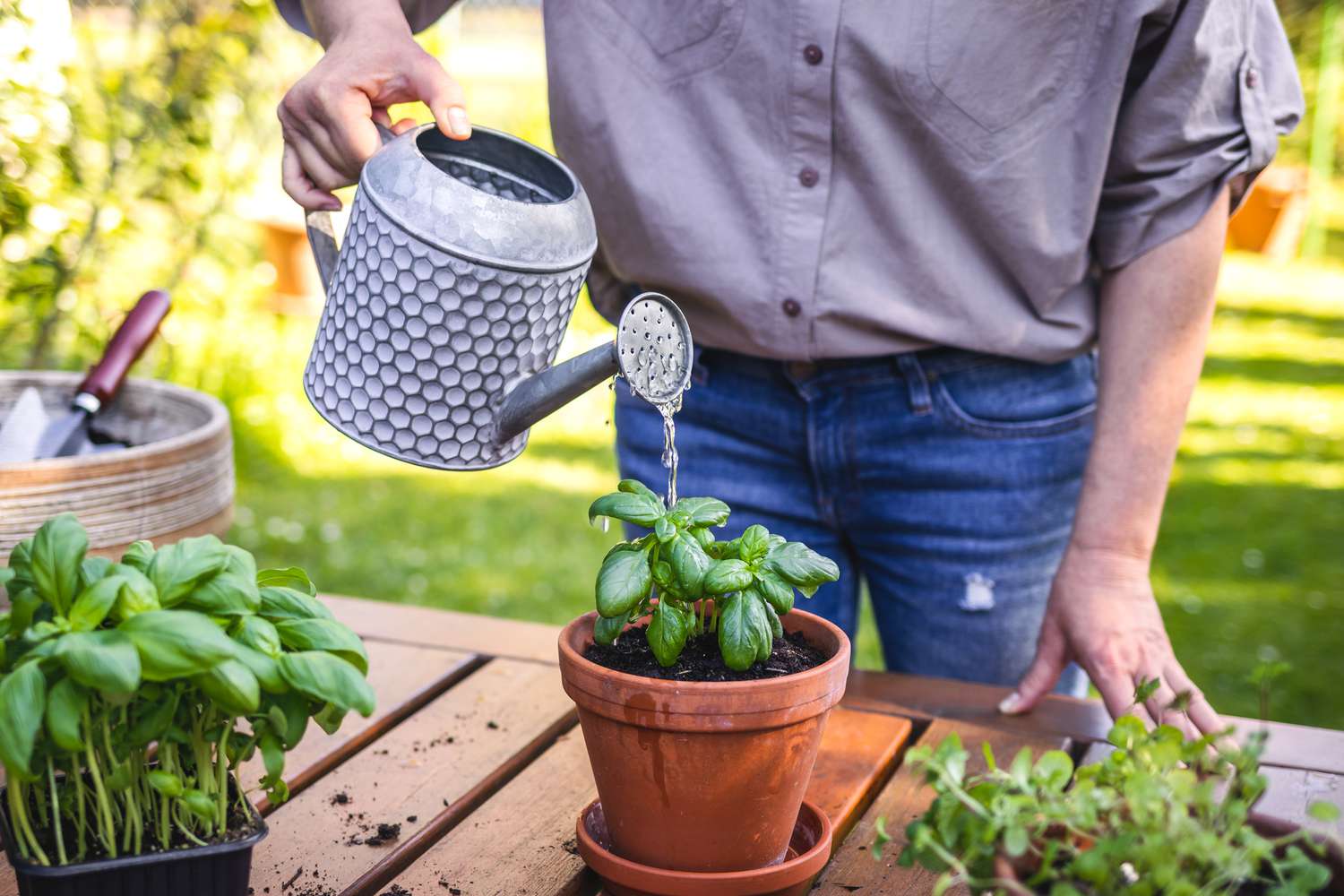
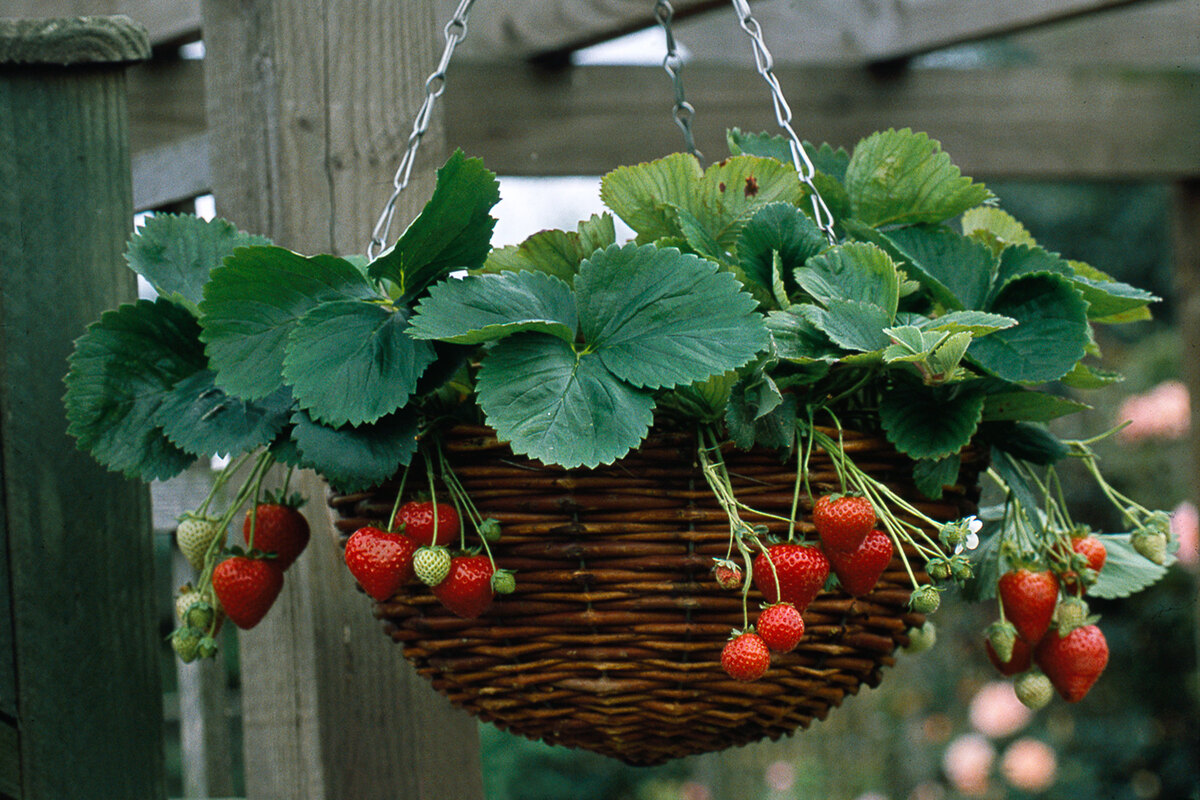
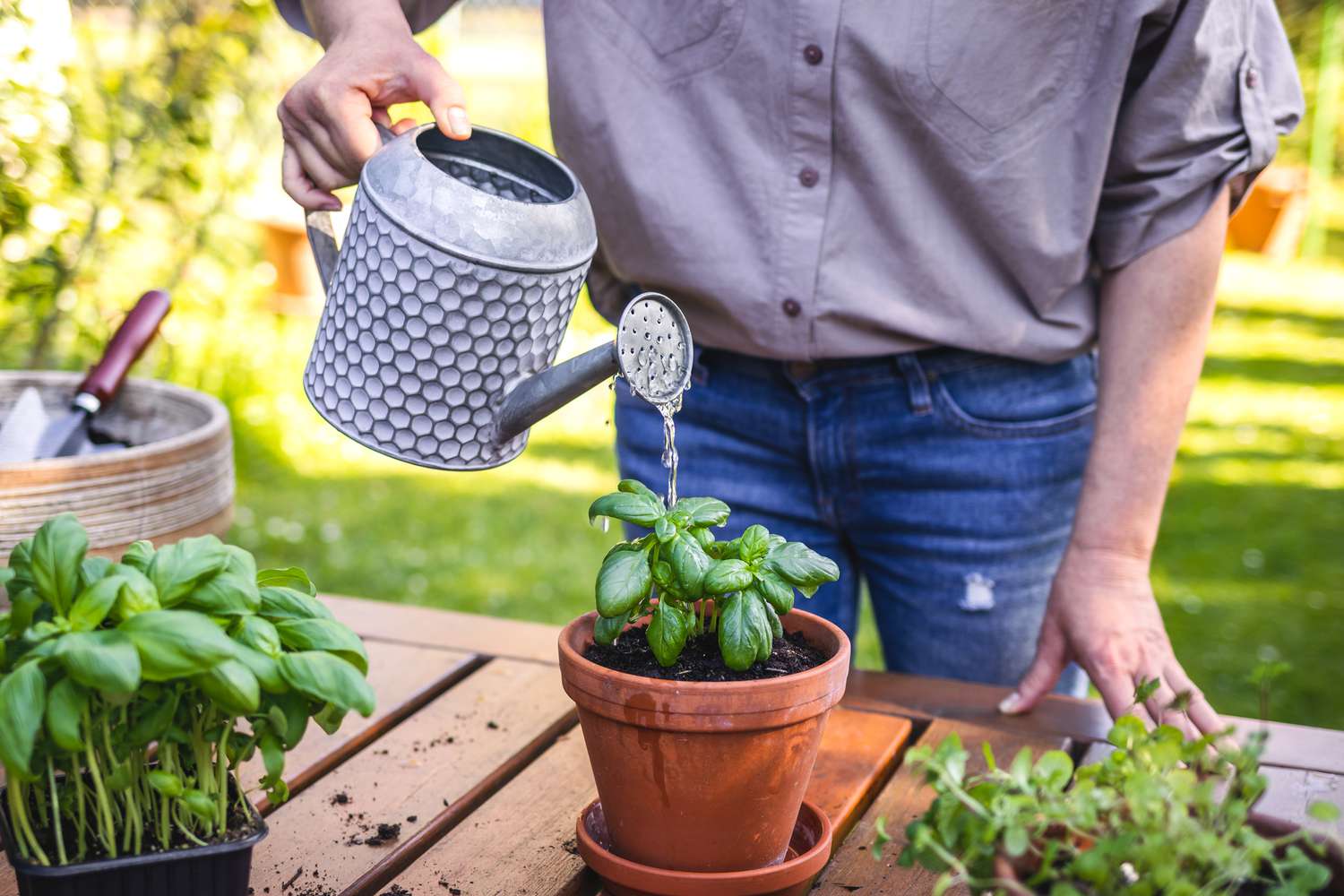

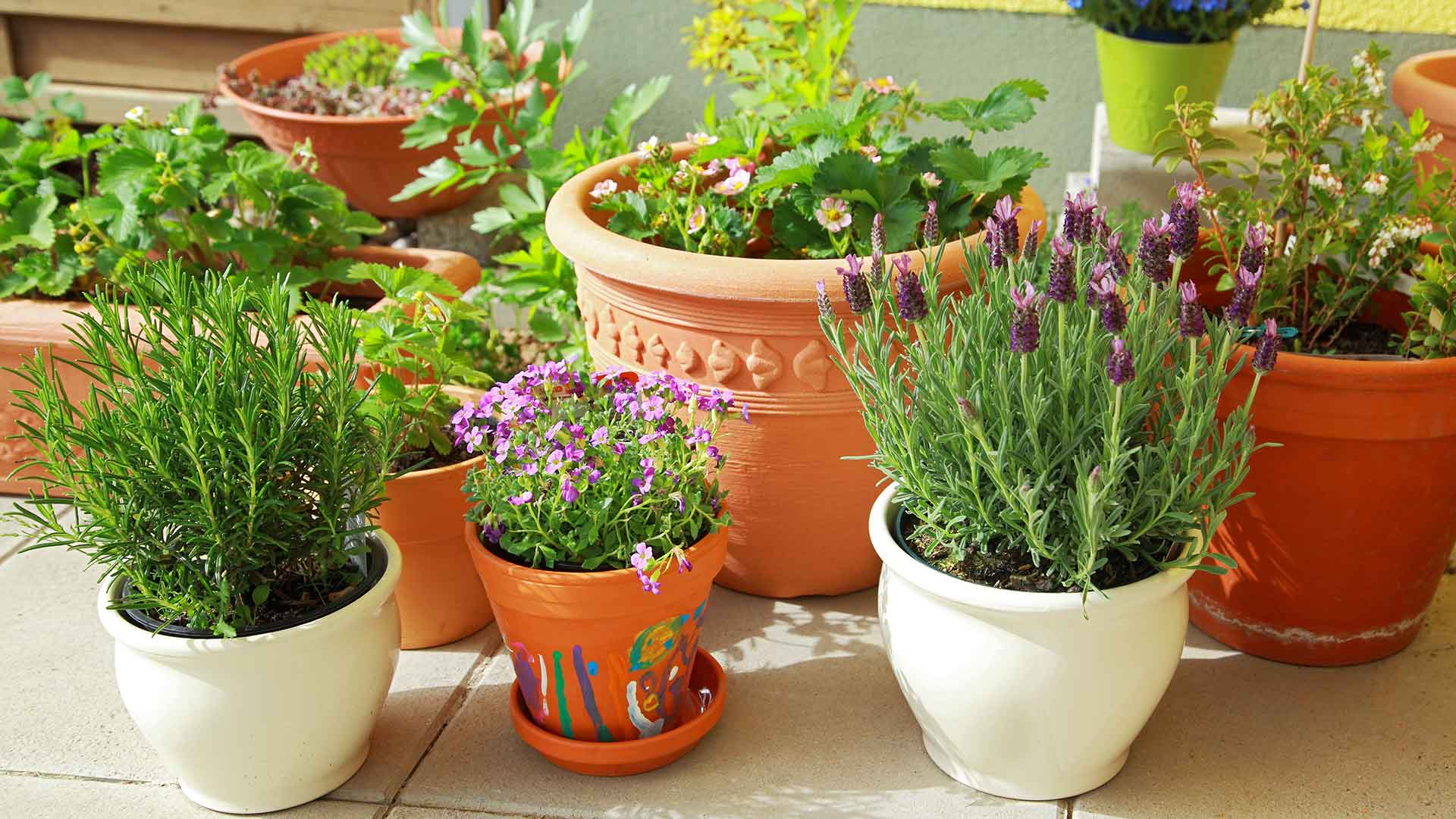

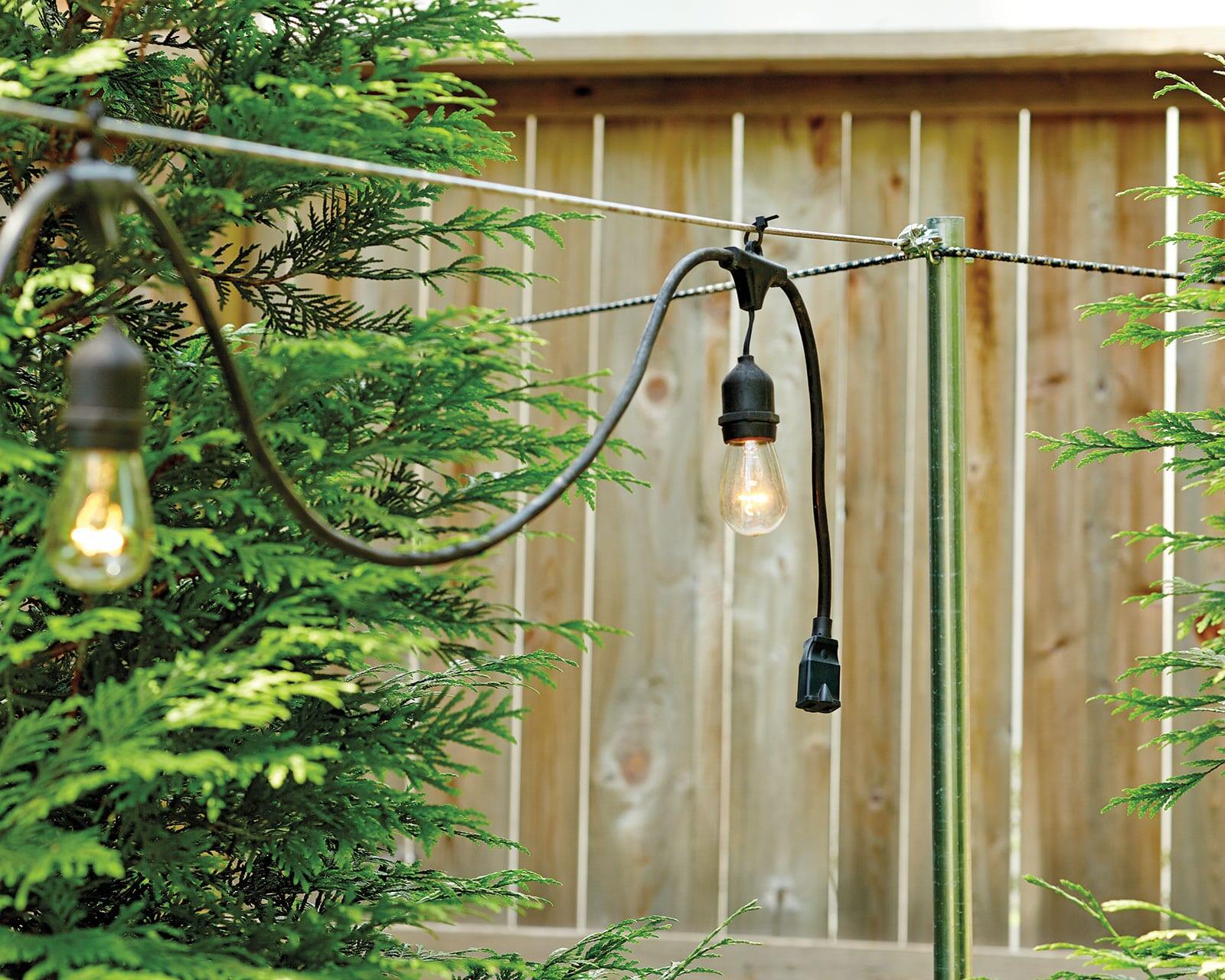
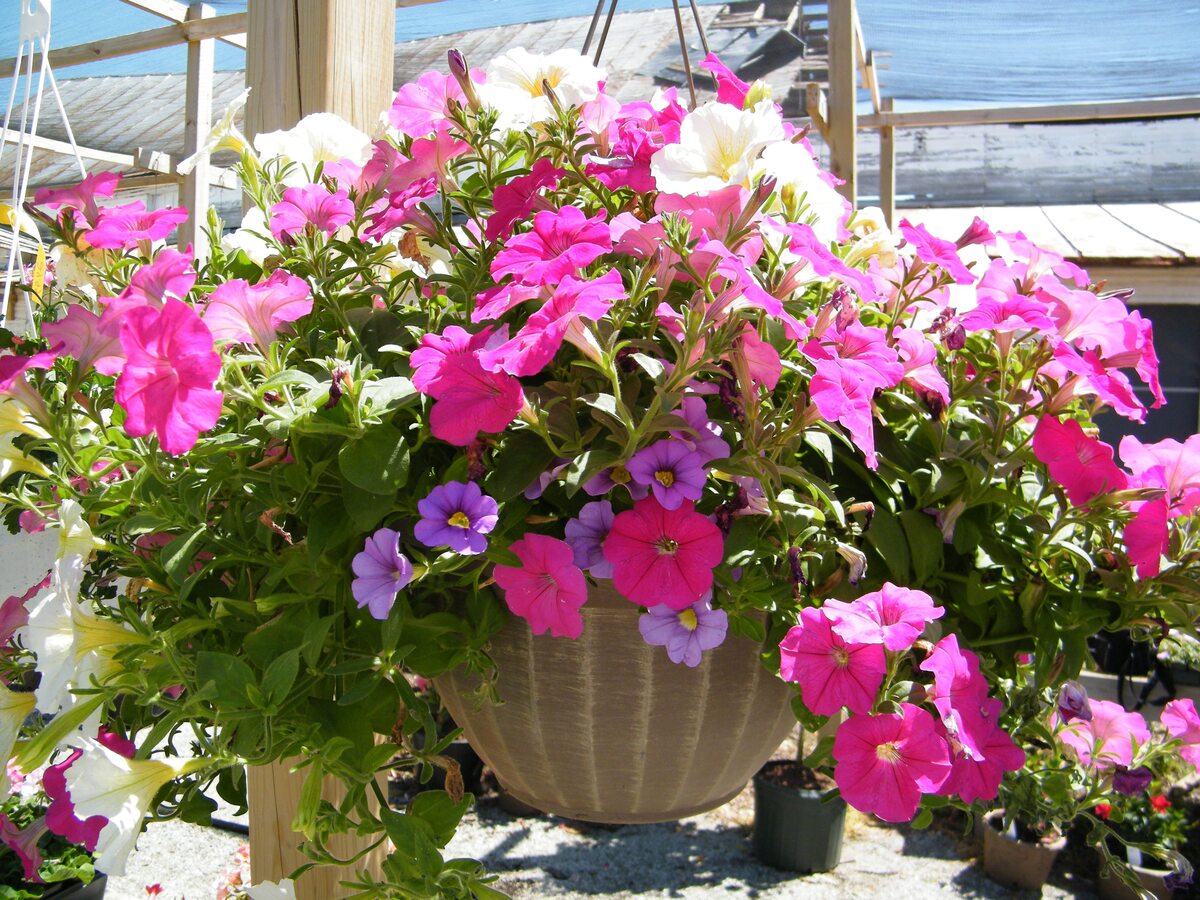
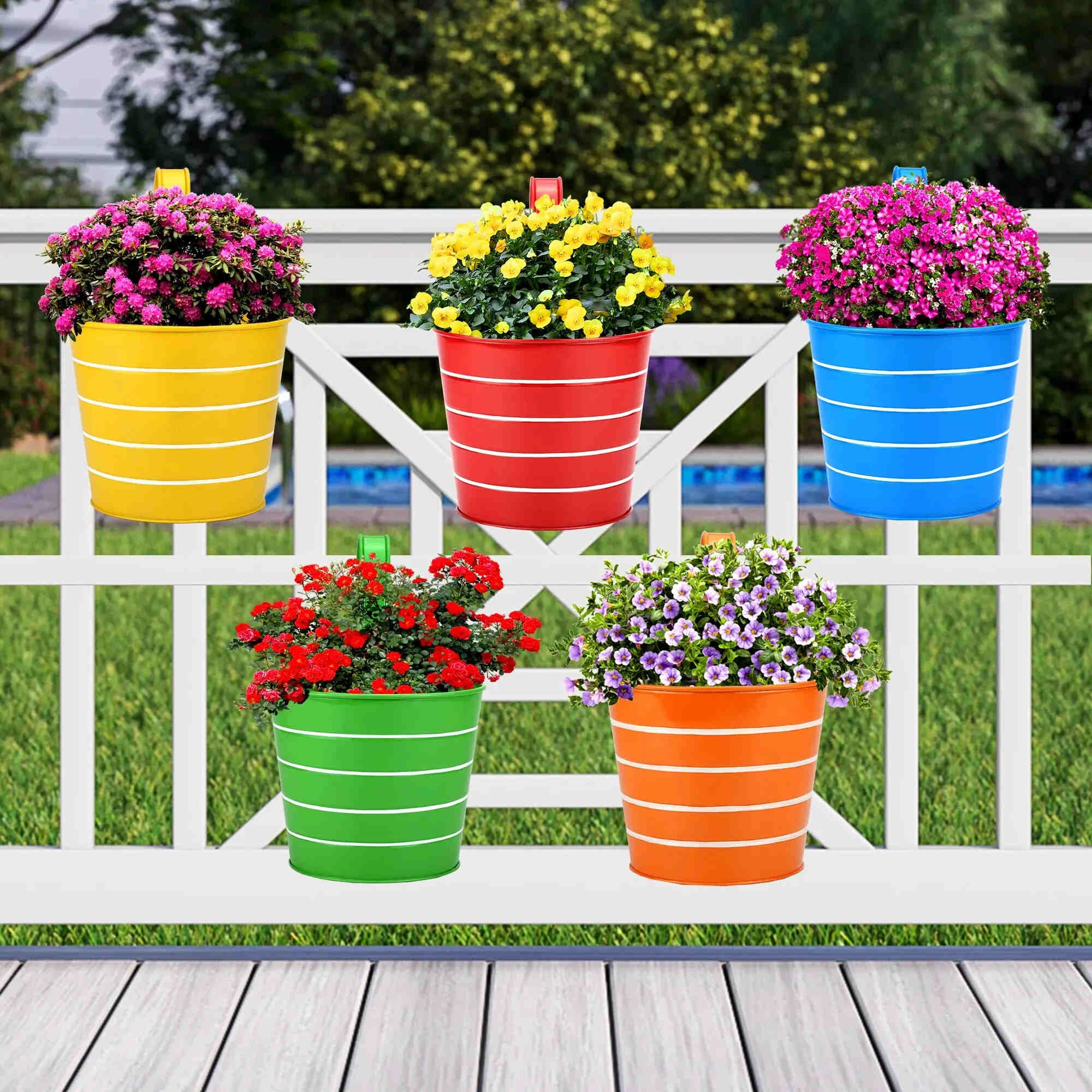
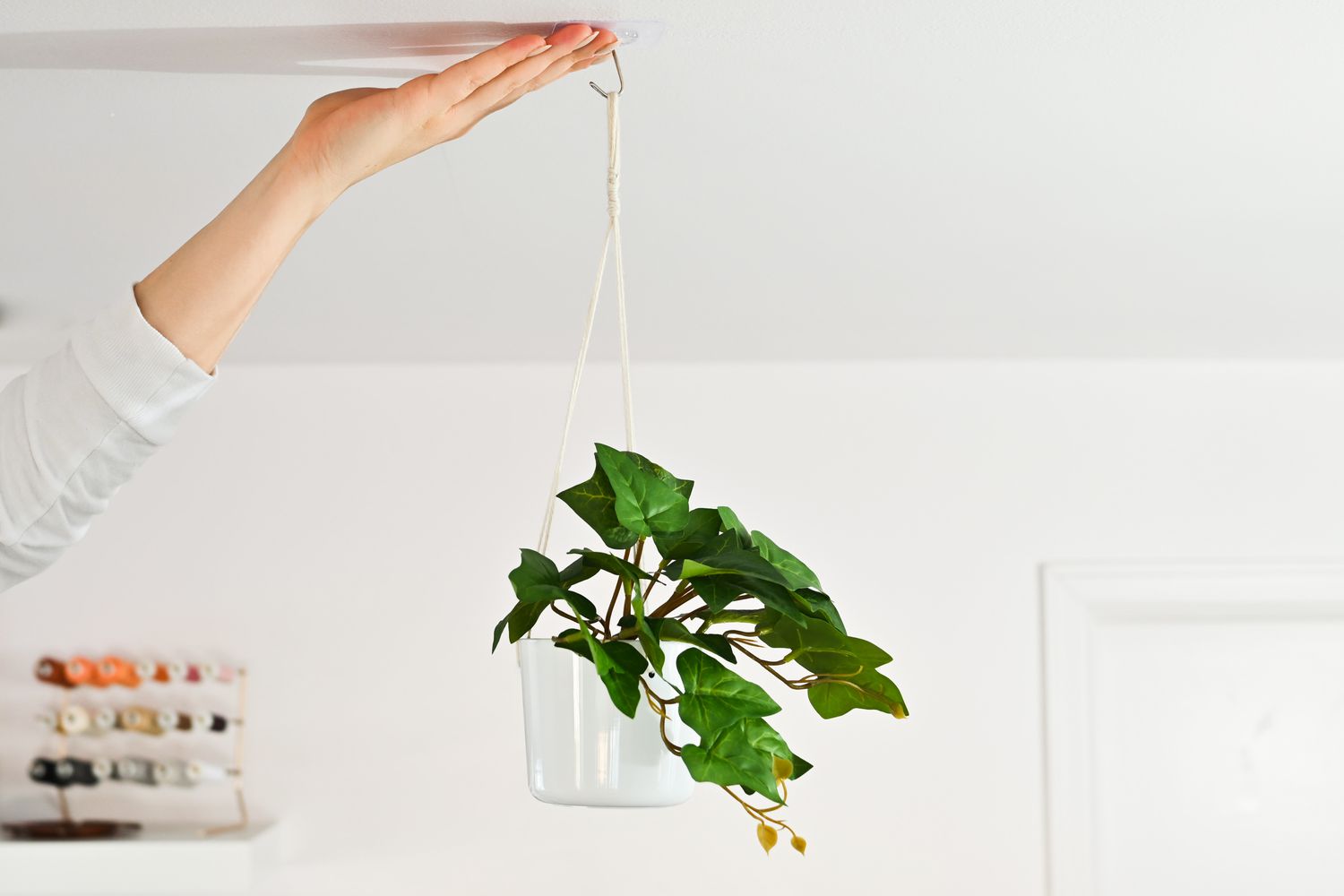
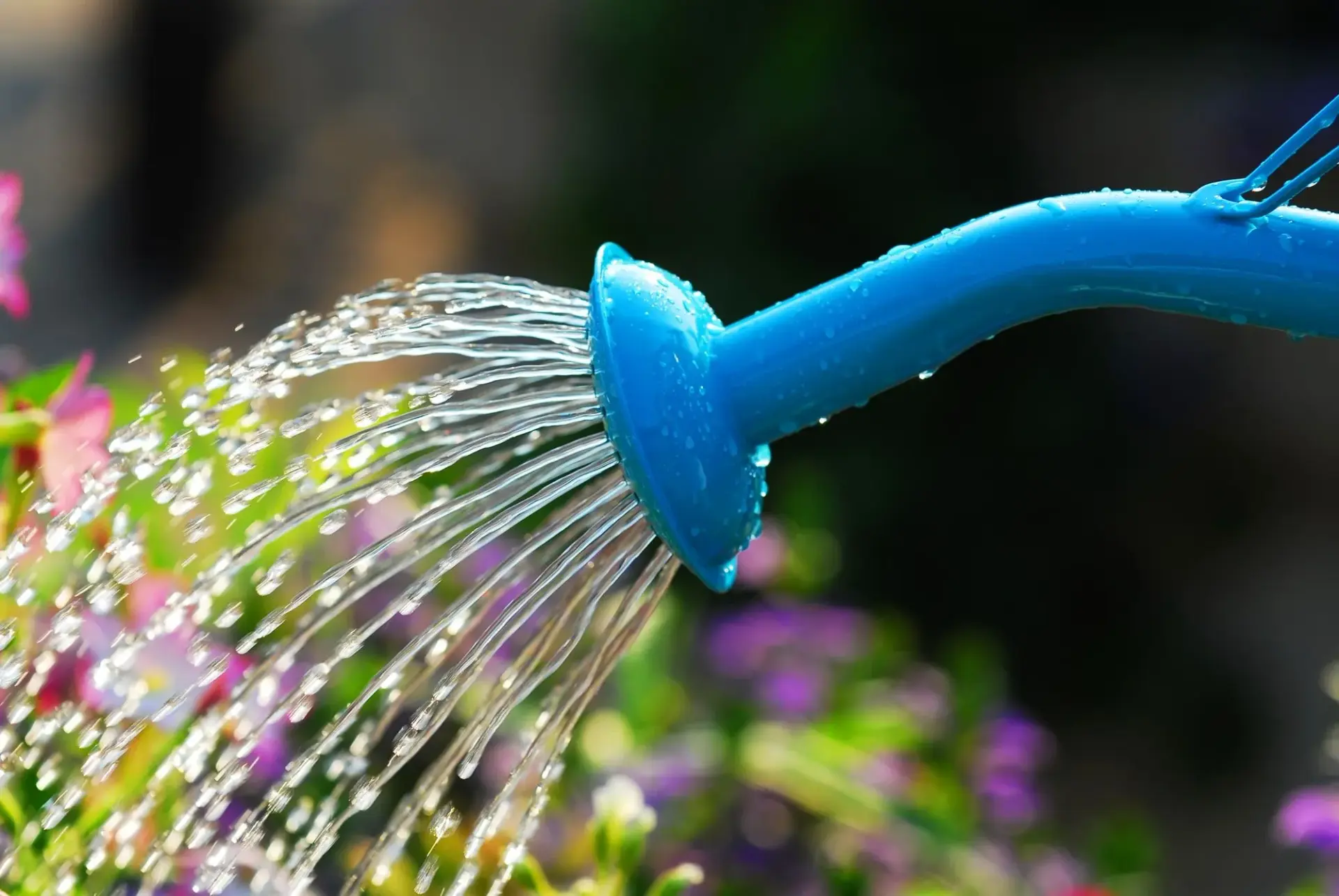
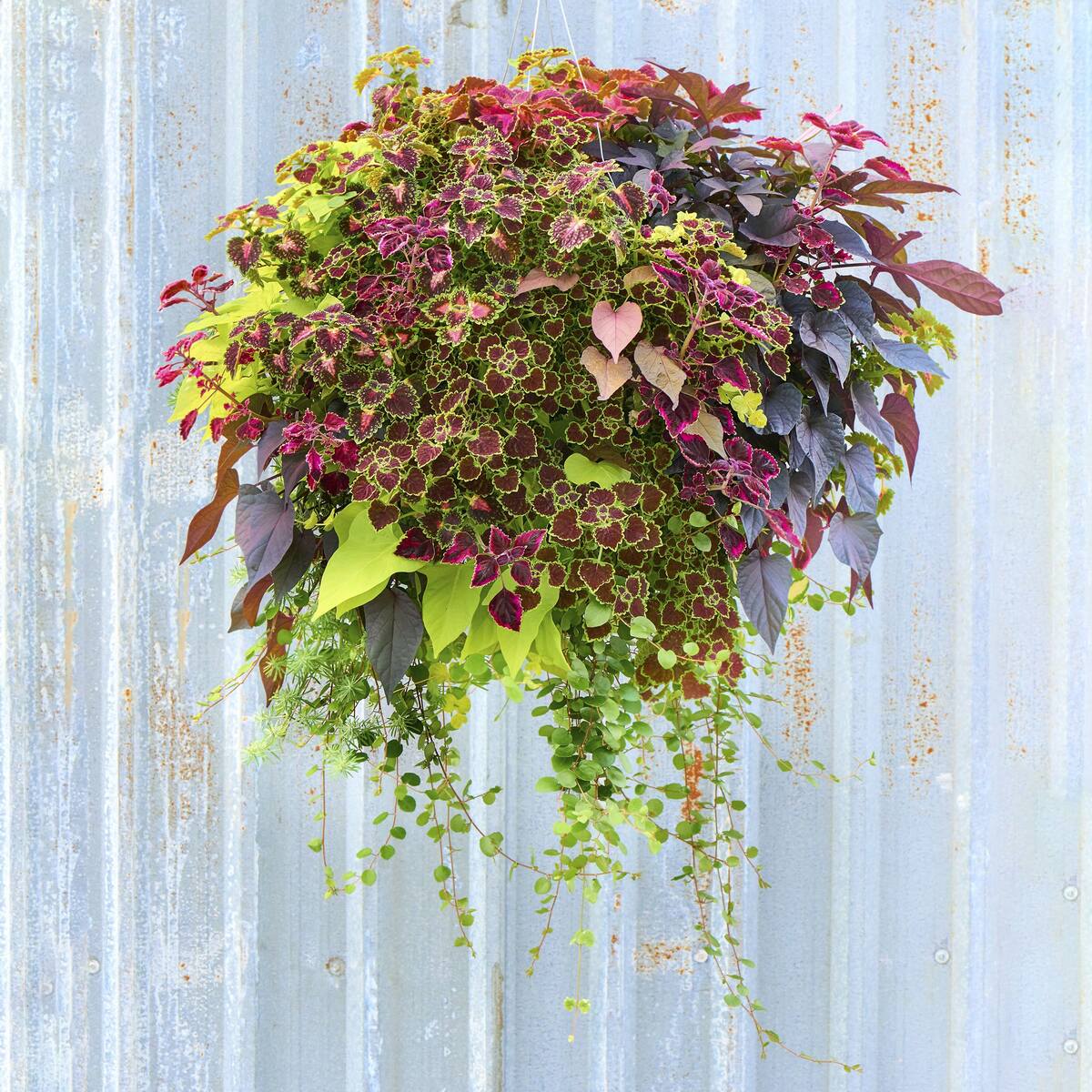
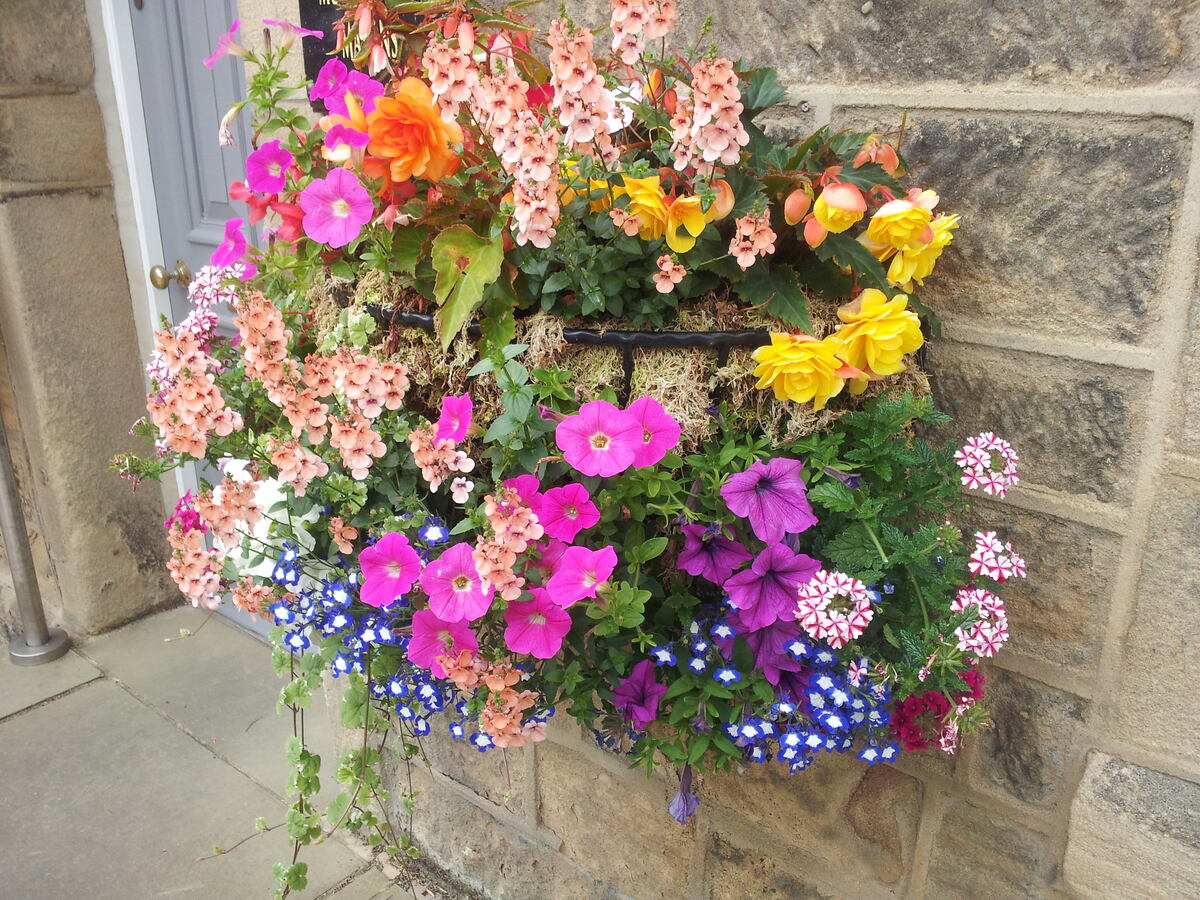

0 thoughts on “How To Water Outdoor Hanging Plants”